More than 1.2 million African Americans served in every branch of the US Armed Forces during World War II, helping secure Allied victory in Europe, in the Pacific, and on the Home Front. Despite the discrimination they faced while serving in a segregated military, African Americans fought with distinction, seeking to achieve a “Double Victory”—against the forces of oppression abroad and racism at home. The National WWII Museum in New Orleans honors the important contributions of African American veterans through artifacts, original content, oral histories, public programming, and educational resources. Explore the Museum’s resources.
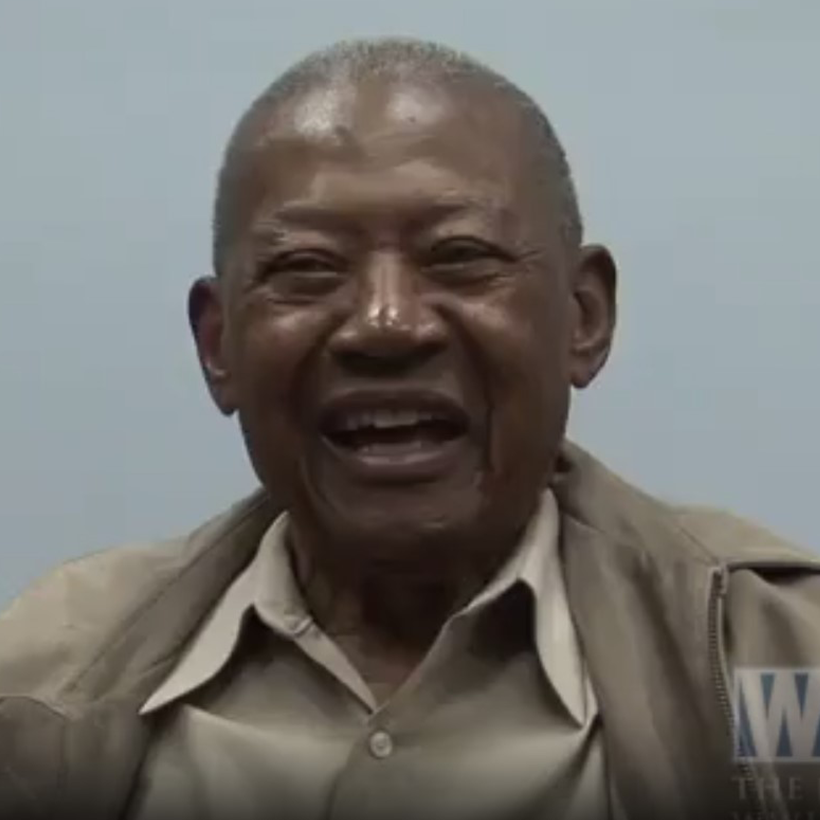 |
Wallace Baptiste Jr.
Marrero, Louisiana
Wallace Baptiste Jr., of Marrero, Louisiana, joined the US Navy in 1938 after completing his studies at Xavier University and served as a Steward’s Mate aboard the high-speed minesweeper USS Hopkins (DMS-13). Baptiste was a crewman on the Hopkins from the attack on Pearl Harbor in December 1941 through the Guadalcanal campaign (August 1942–February 1943). On August 8–9, 1942, he participated in the Battle of Savo Island, the first major naval engagement of the Guadalcanal campaign
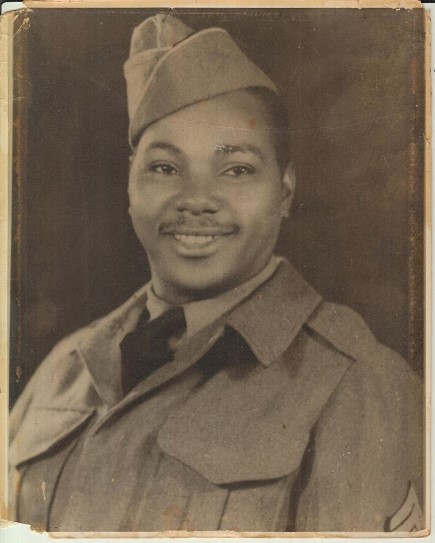 |
Private First Class Officer
Lawrence Brooks
Norwood, Louisiana
Private First Class Officer Lawrence Brooks was born and raised in Norwood, Louisiana, a small village about 40 miles north of Baton Rouge. He was drafted into the US Army at the age of 31 and spent World War II in the predominantly African American 91st Engineer Battalion. He was stationed in Australia, New Guinea, and the Philippines. Classified as service personnel, he cleaned and cooked for three of the battalion’s white officers and attained the rank of Private 1st Class. Returning home after the war, Brooks worked as a forklift operator for four decades, retiring in his seventies. His wife, Leona, died in November 2008, and he is survived by four children, 11 grandchildren, 22 great-grandchildren, and 1 great-great-grandchild. For more information about Private First Class Officer Brooks and his accomplishments, visit
https://www.nationalww2museum.org/about-us/notes-museum/memoriam-lawrence-brooks-1909-2022.
Related Stories:
Longest-Living WW2 Veteran Gets a New Roof
Lawrence Brooks, U.S.'s oldest World War II veteran, dies at 112 in New Orleans
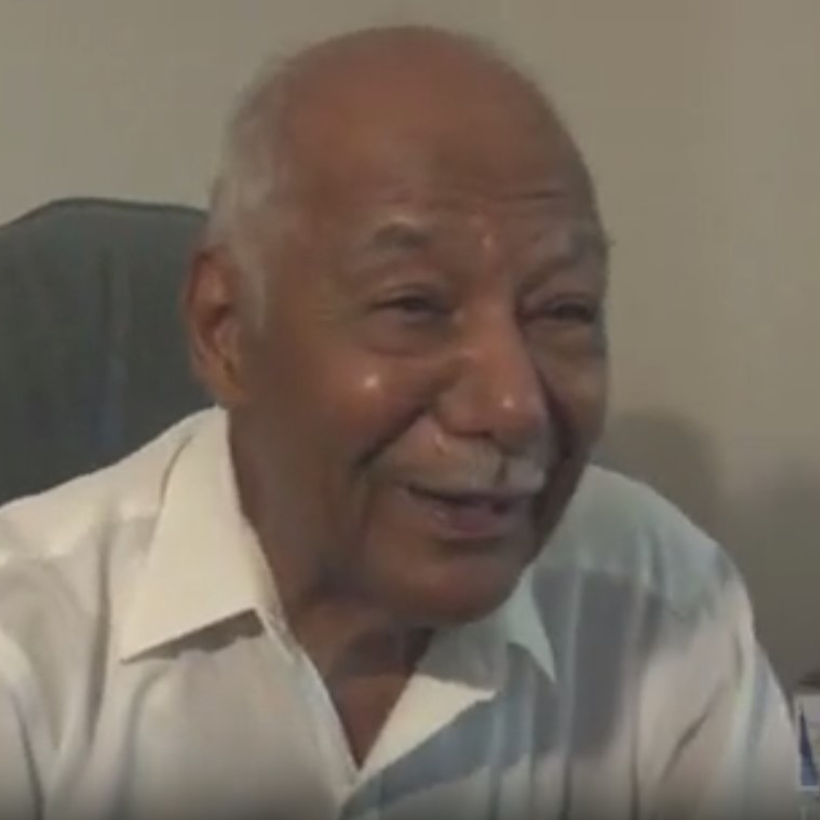 |
Norris Bucksell
New Orleans, Louisiana
After graduating from high school in New Orleans, Louisiana, Norris Bucksell went to Tuskegee University in Alabama with plans to become a chemist. He was drafted in 1943 and served as a medic with the 370th Infantry Regiment, 92nd Infantry Division in Italy, working mostly as a litter bearer and removing the wounded from battlefields. Bucksell was discharged as a Corporal in November 1945.
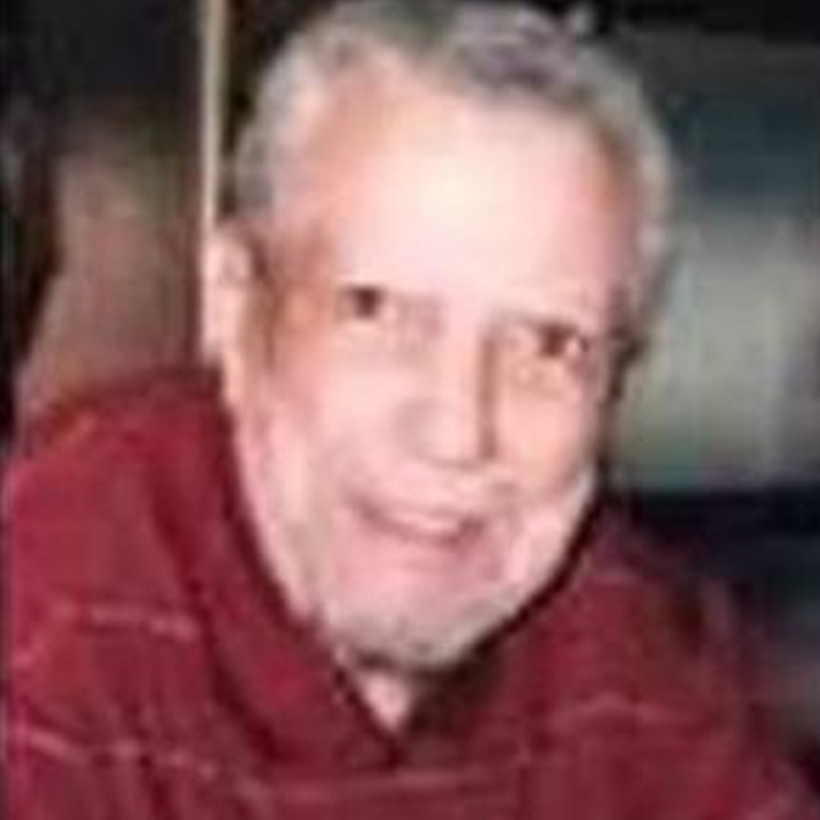 |
Francis DeGruy Sr..
New Orleans, Louisiana
New Orleans, Louisiana, native Francis DeGruy Sr. served as a Staff Sergeant with Company K, 3rd Battalion, 92nd Infantry Division in northern Italy. As a mortar squad leader, he oversaw the placement and firing of his squad’s 60 mm mortars. He was awarded the Combat Infantryman Badge and European Theater Ribbon.
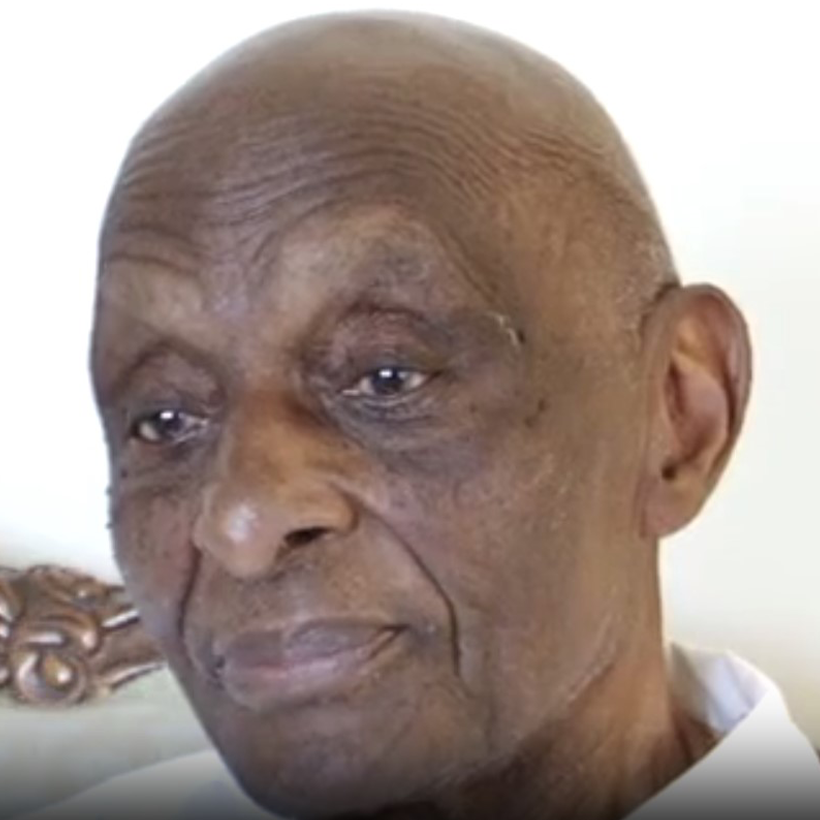 |
Elmo Espree
Lake Charles, Louisiana
Elmo Espree was born in Lake Charles, Louisiana, and grew up in Los Angeles, California. He graduated from high school in 1940 and was drafted into the US Army two years later. He served as a truck driver with the 3468th Quartermaster Truck Company in the China-Burma-India theater, where he spent the better part of two years driving supplies over the famous Burma Road up to the front as many as 13 times.
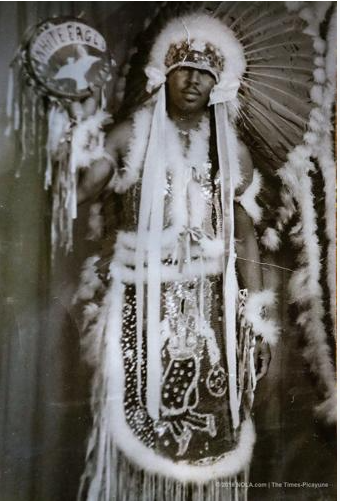 |
Isaac Edward
New Orleans, Louisiana
New Orleans, Louisiana, native Isaac Edward was drafted into the US Army in 1943. After completing training in St. Louis, Missouri, and Sarasota, Florida, Edwards was sent to Camp Lee, Virginia, where he joined the 92nd Infantry Division and deployed to Florence, Italy. After the war ended in Europe, his unit was shipped to the Pacific theater, landing in the Philippines before the Japanese surrender in August 1945.
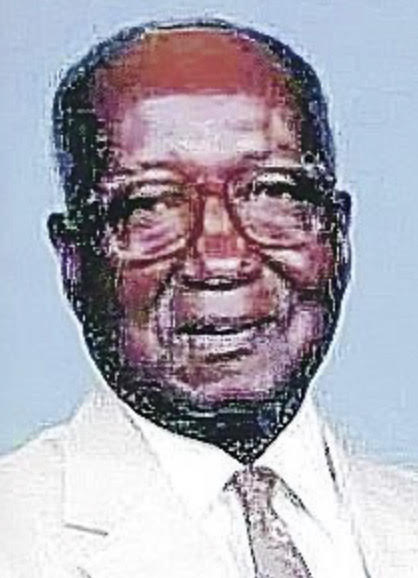 |
Matthew Griffin Jr.
Braithwaite, Louisiana
Matthew Griffin Jr., of Braithwaite, Louisiana, served in the US Army as an engineer in Company C, 1st Battalion, 364th Engineer General Service Regiment (Colored). Griffin took part in the Normandy, Northern France, Ardennes, Rhineland, and Central Europe campaigns. After the Battle of the Bulge, Griffin was wounded in Belgium and was awarded the Purple Heart. Griffin and his unit returned to the United States in July 1945 to prepare for the planned invasion of Japan, but the war ended before that happened. Griffin was discharged on September 25, 1945, with the rank of Private.
|
|
Steward’s Mate 1st Class
Ferdinand A. Glapion Jr.
New Orleans, Louisiana
Source:
"Mémoire & Database"
Steward’s Mate 1st Class Ferdinand A. Glapion Jr. was a young African-American and French Creole man who grew up in New Orleans and served in the U.S. Navy in World War II. At the time the war broke out, he was underage and had to get special permission from his parents to enlist. Glapion was aboard LST 523, which hit an enemy mine while lending near Omaha Beach. Glapion was declared Missing in Action, and dead on June 20, 1945, Buried at Sea. Glapion was awarded the Purple Heart and memorialized on the Walls of the Missing of the Normandy American Cemetery. For more information about Steward’s Mate 1st Class Ferdinand A. Glapion Jr. and his accomplishments, visit
https://www.database-memoire.eu/prive/en-us/normandy-all-soldiers/42-colleville-g-us/4985-glapion-ferdinand-a-usnr.
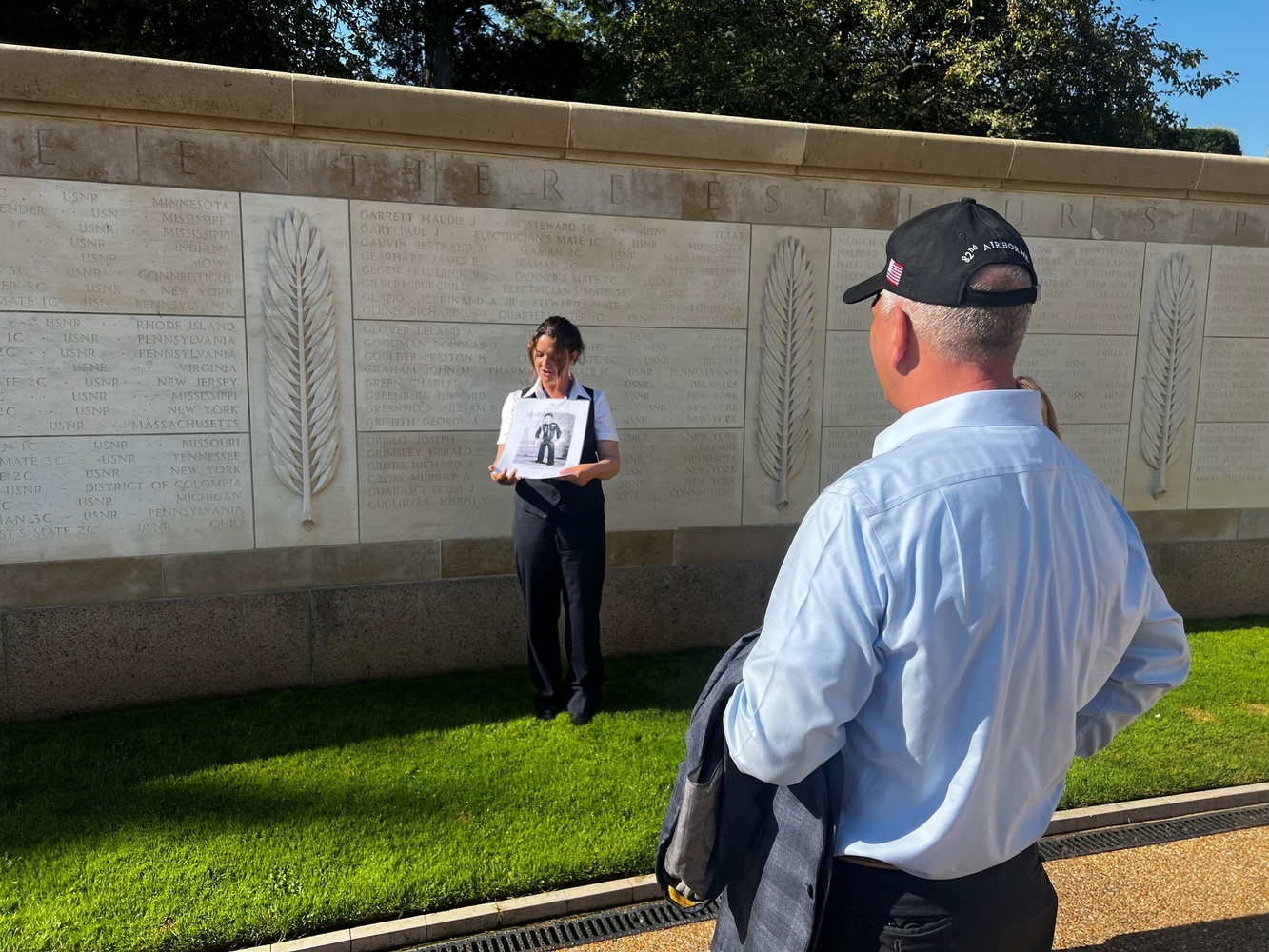
During an economic development mission overseas in 2022, Gov. John Bel Edwards had the opportunity to tour the beaches of Normandy where he saw Ferdinand Glapion’s name on a monument honoring those whose bodies were never recovered following the D-Day invasion. He was just 18 years old. Ferdinand’s sacrifice, and the service of all African-American soldiers before and after him, deserve to be remembered and memorialized.
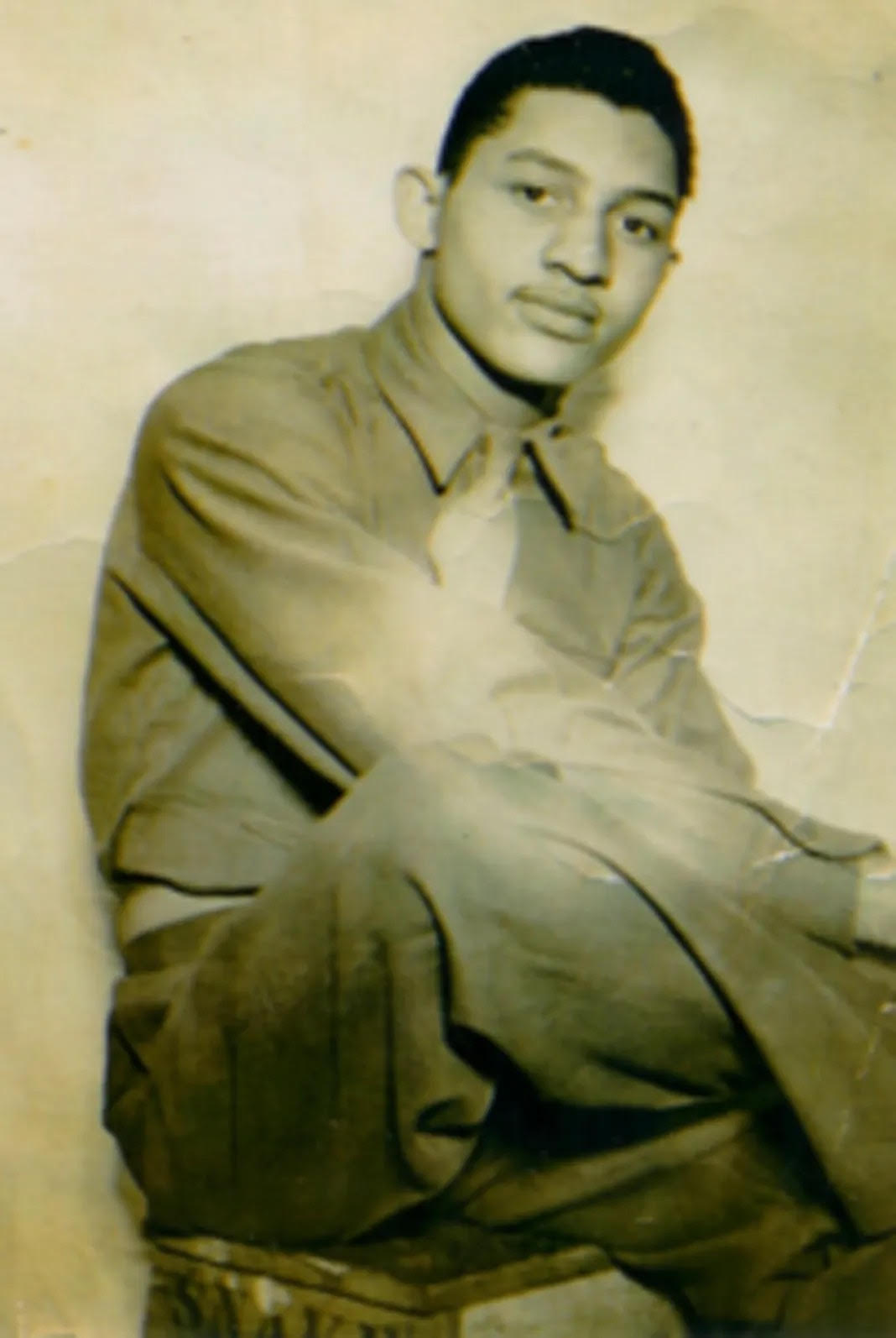 |
Leonard Larkins
New Orleans, Louisiana
Photo source:
Bert Larkins via AP
Leonard Larkins, of New Orleans, Louisiana, enlisted in the Army in the spring of 1941 and was assigned to Company A, 1st Battalion, 93rd Engineer General Service Regiment (Colored). He spent several years training at Camp Livingston, Louisiana, and Camp Shelby, Mississippi, before being sent with his regiment to Alaska to help build the ALCAN Highway, a road connecting Alaska and Canada. When construction was completed, Larkins was sent to India, China, and Australia before returning to the United States. He was discharged in late 1945 with the rank of Private First Class.
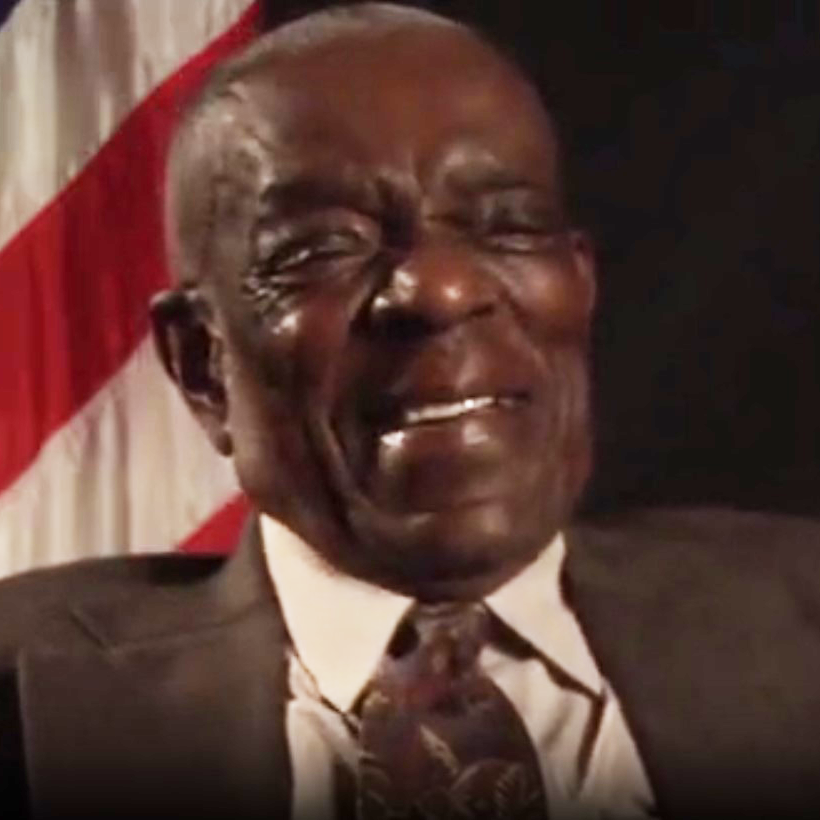 |
Albert Porche
Houma, Louisiana
Albert Porche, of Houma, Louisiana, enlisted in the US Army in July 1941. Shortly after completing basic training, he was ordered to report to Tuskegee, Alabama, where he was transferred to the US Army Air Forces and received training as an armorer. In April 1943, he deployed as a crewman with the first Black flying squadron—the 99th Fighter Squadron, 332nd Fighter Group, Fifteenth Air Force. He served in North Africa, Sicily, and Italy before returning home in early 1946 and being discharged as a Sergeant.
Lester A. Vallet Sr.
Baton Rouge, Louisiana
Lester A. Vallet Sr. was drafted into the US Army following the attack on Pearl Harbor and served from 1942 until late 1945. The Baton Rouge, Louisiana, native served as a saddle maker with the 9th and 10th Cavalry Regiments before being reassigned to the 1700th Engineer Combat Battalion (Colored). Vallet and his outfit worked to construct and deconstruct bridges across the Rhine River in Europe. After the war, Vallet returned home and was discharged with the rank of Sergeant.